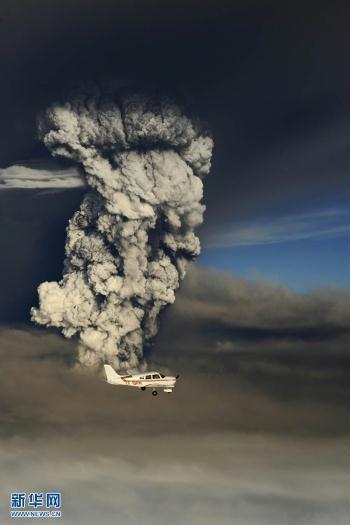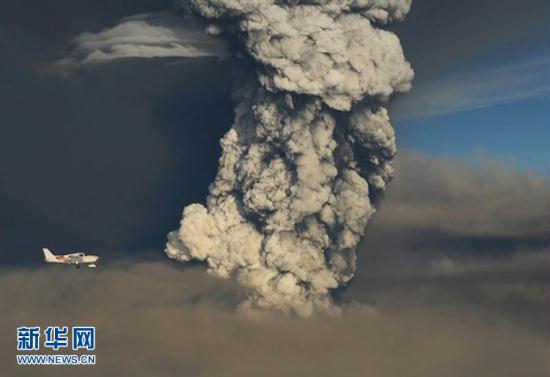| Videos | • Latest |
|
• Feature | • Sports | • Your Videos |
Ash cloud from Iceland volcano threatens air traffic in Europe

Smoke from a volcano in Iceland is billowing less, but a drifting ash cloud threatens to continue disrupting air traffic across northern Europe, for the next few days.
 |
|
Smoke from a volcano in Iceland is billowing less, but a drifting ash cloud threatens to continue disrupting air traffic across northern Europe, for the next few days. |
The Grimsvotn Volcano eruption has declined in severity, slipping back to the same magnitude as last year's Eyjafjallajokul blast, which halted air traffic all over Europe.
Flights across the North Atlantic island nation remain on hold in the wake of Saturday's geological activity, with dark plumes of smoke shooting as high as 20 kilometers into the sky.
The lava shot put multiple authorities on high alert, as a billowing ash cloud drifted toward Scotland, and threatened to shut down airports around the northern edge of the continent.
The country's Air Navigation Services Director says preparedness is much better this time around, as opposed to the spring of 2010.
Icelandic Air Navigation Services Director Asgeir palsson said, "So we are in a better position, in regards to the contamination levels, and also we are in a better position because the capability in determining what is exactly coming out of the volcano has increased, and now we have addition data coming from x-band radars that are mobile and put in place there, close to the eruption, and there is more surveillance about the activity going on there, so the modelling of the volcanic plume has more input into the basic data that everything is calculated from."
 |
|
Smoke from a volcano in Iceland is billowing less, but a drifting ash cloud threatens to continue disrupting air traffic across northern Europe, for the next few days. |
Northern Europe's fringe was affected first, although experts highly doubt last year's six days of travel chaos will be repeated.
One geophysics professor adds that, although the eruption has declined, it's level remains quite powerful. He points out the latest blast seems to have a lot in common with the geological activity of 1873.
Geophysics Professor Magnus Tumi Gudmundsson said, "These eruptions in Grimsvotn, they usually start of with a, quite vigorous, and this eruption is actually much bigger than the ones we have seen in recent decades, but then they gradually decline, and then end. But we expect this to be a sizeable eruption, probably for the next two or three days, if it will be behaving similar to the last big eruption in 1873."
Scientists say the type of ash being spewed is less easily dispersed, but winds have been more favorable, so far.
The volcano lies under the Vatnajokull Glacier in southeast Iceland, the largest ice formation in Europe. Areas to the south of the region have been covered in thick layers of soot, and the sun was blocked out for several hours after the lava shot.
 0
0 







Go to Forum >>0 Comments